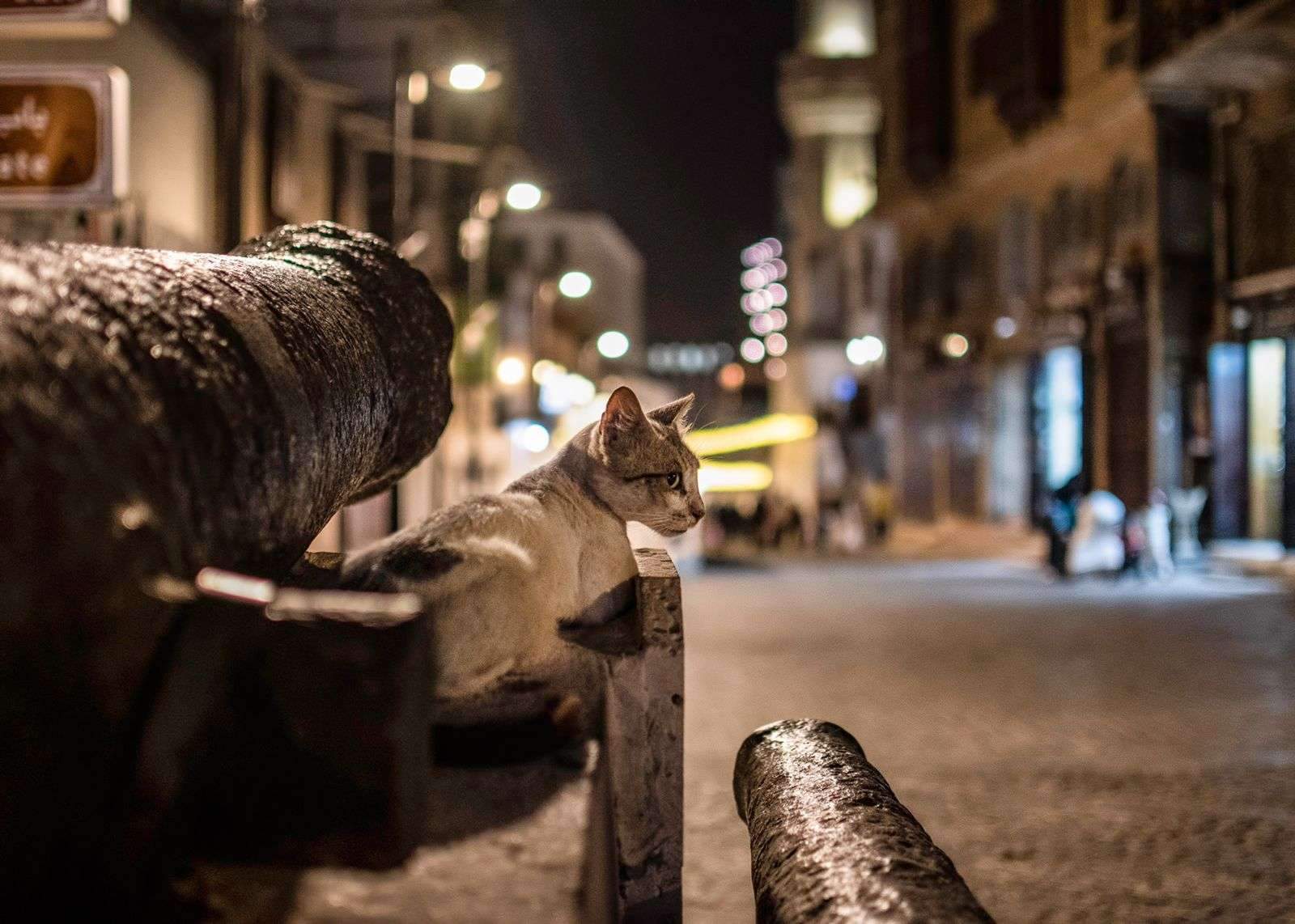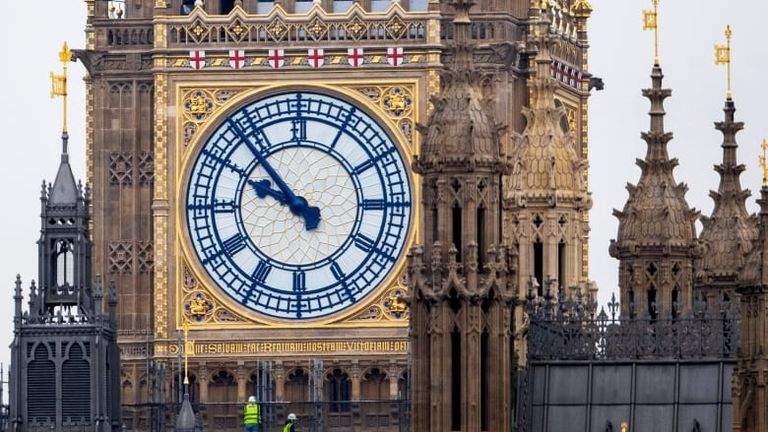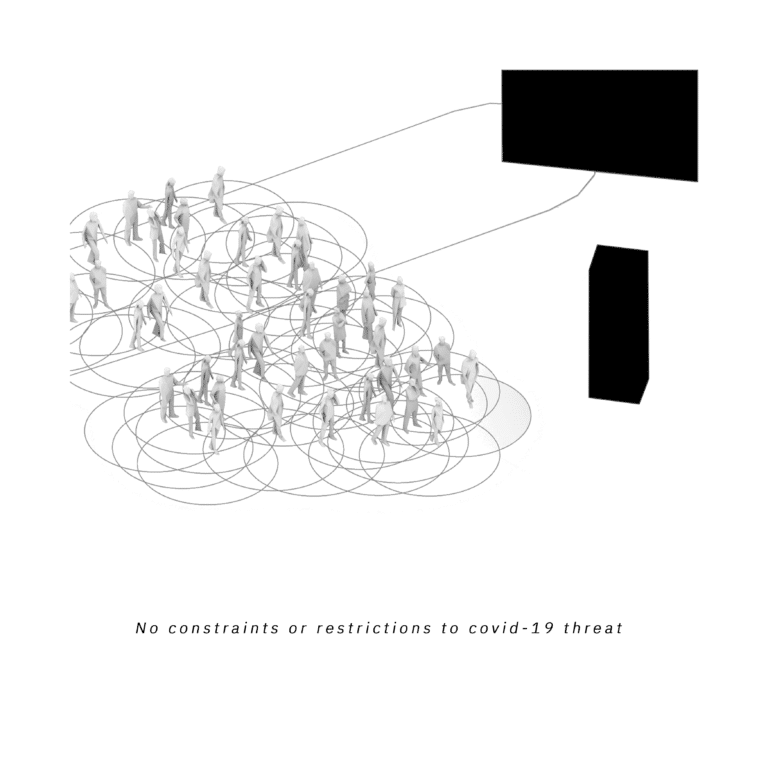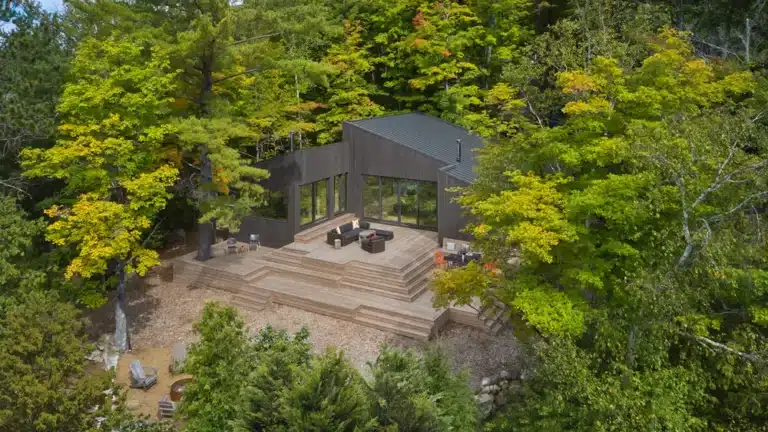Introduction to Jeddah
Jeddah, renowned as the vibrant gateway to the sacred cities of Mecca and Medina, embodies a harmonious blend of ancient history and modern luxury. Situated along the mesmerizing coastline of the Red Sea, this bustling metropolis stands as a testament to Saudi Arabia’s rich cultural heritage and its ambitious strides towards modernization. With its unique geographical location, Jeddah has historically been a significant port city, facilitating trade and cultural exchange across continents.
The city’s strategic position has long made it a crucial hub in the Arabian Peninsula. As a port, Jeddah has welcomed traders and pilgrims for centuries, contributing to its diverse and cosmopolitan character. This historical significance is evident in its architecture, where traditional Hejazi designs coexist with modern skyscrapers, reflecting the city’s dual identity of preserving the past while embracing the future.
In the contemporary landscape, Jeddah continues to play a pivotal role in Saudi Arabia’s economic development. The city is a key player in the Kingdom’s Vision 2030 initiative, which aims to diversify the economy beyond oil dependency. Jeddah’s dynamic infrastructure projects, such as the expansion of King Abdulaziz International Airport and the Jeddah Economic City, underscore its commitment to becoming a global economic powerhouse.
Culturally, Jeddah is a melting pot of traditions and innovations. From historical landmarks like the Al-Balad district, with its ancient coral houses, to the modern marvels of the King Abdullah Sports City and the Jeddah Tower, the city’s architectural landscape is a fascinating journey through time. The annual Jeddah Season festival further showcases the city’s vibrant arts, music, and culinary scenes, attracting millions of visitors from around the world.
In essence, Jeddah is more than just a city; it is a living narrative of Saudi Arabia’s past, present, and future. Its unique blend of history and modernity, coupled with its strategic importance, makes Jeddah an indispensable part of the Kingdom’s cultural and economic tapestry.

Historical Significance
Jeddah’s history is deeply intertwined with Islamic heritage, serving as a vital gateway for pilgrims en route to the holy city of Mecca. This historical role has shaped Jeddah into a city rich with cultural and architectural marvels. The old town, Al-Balad, stands as a testament to the city’s storied past. With its unique coral architecture and ancient souks, Al-Balad offers visitors a window into the life and commerce that once flourished in this bustling port city.
Al-Balad’s narrow alleyways, lined with traditional wooden windows known as rawashin, transport visitors back in time. These intricately designed windows not only add aesthetic value but also serve functional purposes, providing ventilation and privacy. Walking through these lanes, one can almost hear the echoes of merchants haggling over spices, textiles, and precious goods, reminiscent of Jeddah’s days as a major trading hub.
Key landmarks within Al-Balad further illuminate the city’s historical and cultural significance. The Naseef House, for instance, is a prime example of the region’s distinct architectural style. Built in the late 19th century, this historic house once served as a residence for the influential Naseef family and later hosted King Abdulaziz. Today, it stands as a museum, offering insights into the lifestyle and craftsmanship of the era.
Another notable landmark is the Al-Matbouli House, which has been meticulously preserved to reflect traditional Hejazi architecture. Its well-preserved interiors and exhibits provide an immersive experience into the domestic life of Jeddah’s past inhabitants. Alongside these heritage houses, the old city is dotted with numerous mosques, each bearing its own historical and spiritual significance.
The ancient souks of Al-Balad, such as Souk Al-Alawi, continue to thrive, offering a vibrant mix of traditional and modern goods. These markets serve as living museums where the past and present coexist, offering visitors a tangible connection to Jeddah’s rich historical tapestry.
Modern Marvels
Contrasting with its rich historical charm, Jeddah also boasts a skyline embellished with contemporary architectural wonders. The city is a testament to a harmonious blend of history and modernity, where cutting-edge structures stand proudly alongside traditional edifices. Among these modern marvels, the Jeddah Tower is a beacon of the city’s futuristic aspirations. Set to become the world’s tallest building upon completion, the Jeddah Tower will soar to over 1,000 meters, symbolizing not only Jeddah’s architectural prowess but also its ambition and forward-thinking vision.
Another iconic feature of Jeddah’s skyline is the King Fahd Fountain. As the tallest fountain of its kind, it dazzles visitors with spectacular water displays that can reach heights of over 300 meters. This monumental fountain, visible from various points across the city, serves as a symbol of Jeddah’s modernization and its status as a global city. The sight of water illuminated against the night sky is a testament to the blend of natural beauty and human ingenuity that defines modern Jeddah.
Beyond these towering landmarks, Jeddah’s modern infrastructure showcases a city in constant evolution. The development of advanced transportation systems, including the Haramain High-Speed Railway, connects Jeddah with other major cities, significantly reducing travel time and enhancing economic integration. The city also boasts state-of-the-art commercial complexes, luxury hotels, and expansive shopping malls like the Red Sea Mall and Mall of Arabia, which cater to both residents and tourists.
Moreover, Jeddah’s commitment to sustainable development is evident in projects like the Jeddah Economic City, which aims to create a sustainable urban environment through innovative planning and green technologies. These modern developments not only highlight Jeddah’s growth but also its dedication to becoming a leading metropolis in the region.
Cultural Fusion and Economic Hub
Jeddah, often referred to as the gateway to Mecca, is a vibrant city where tradition meets modernity. Its unique position as a cultural melting pot is evident in every corner of the city. The culinary scene in Jeddah is a testament to its rich cultural tapestry, offering a delightful blend of traditional Saudi flavors and international influences. From the aromatic spices of Saudi cuisine to the diverse offerings of international eateries, the city’s food landscape is a gastronomic adventure waiting to be explored.
The art scene in Jeddah is equally compelling, with numerous galleries and cultural festivals highlighting the city’s creative spirit. The Jeddah Corniche stands out as a prominent cultural and social hub. This picturesque waterfront stretch is adorned with art installations, bustling food stalls, and offers mesmerizing sea views that captivate both locals and tourists alike. The Corniche is not just a place of leisure but also a testament to Jeddah’s commitment to blending tradition with modernity.
Economically, Jeddah is a powerhouse in the region, thanks to its strategic location along the Red Sea. This advantageous position has cemented the city’s status as a significant commercial center. The bustling markets, such as Souq Al-Alawi, provide a glimpse into the city’s vibrant trade activities and rich history. These markets are a hive of activity, offering everything from traditional crafts to modern goods, reflecting the city’s economic vitality.
Ambitious projects like the Jeddah Economic City symbolize the future potential of Jeddah. This development aims to create a new urban center that will further enhance the city’s economic landscape. With towering skyscrapers and state-of-the-art infrastructure, Jeddah Economic City is poised to become a beacon of progress and innovation in the region.
In essence, Jeddah’s cultural fusion and economic dynamism make it a city of endless possibilities, where the past and present coexist harmoniously to shape a promising future.







